|
When considering whether drainage tile is right for your situation, there are many factors to consider including future crops that will be planted in the area and their water needs, the current topography and natural drainage of your field, and the type of soil in the field. Sandier soil contents will require little drainage tile, as the soil cannot retain moisture, while soils with high clay content will need more tile lines placed closer together, as this soil holds water tighter.
Before installation, it is also advised that you check with your local agencies to ensure your plans are in line with county, state, and federal code. Some drainage activities require permits, while others are simply reviewed and either approved or denied. While tiling can seem like a significant undertaking, there are several benefits for Eastern Iowa farmers including improved crop quality and production, reduced soil evaporation, well-aerated root systems, enhanced productivity, and prevention of harmful salt buildup. Thank you to all our farm clients over the years; we appreciate your business and support. If tiling is something you need in 2024, contact the crew at Gravel Grading and Excavating to get on our schedule. We are happy to move the earth for all our local farmers and help you achieve optimal yields for your crops!
0 Comments
Over the past few years, we’ve shared a lot about our passions and projects, but this month we wanted to bring it back to the basics to share what our business is all about. Our crew at Gravel Grading and Excavating has been moving earth for two decades. We provide a broad spectrum of residential, commercial, and agricultural grading and excavating services to Cascade and the surrounding areas. From site preparation, to sewer and septic installation, and tile and drainage of farm fields, our crew is prepared to do just about anything for you! Most of the year, our crew is busy with any number of projects. Our residential and commercial jobs center around foundation work, septic, leveling ground, and grading. In the agricultural sector, our crew works closely with farmers helping with erosion control measures and ag tiling. Some of our favorite work has been with pond building and dredging in rural areas. During the off season, you can find us in the shop completing routine maintenance, fixing equipment, or doing snow removal for local businesses and people. Our crew is passionate about the work we do for all our clients, but particularly those with local farmers and ag workers. The agricultural industry is essential to our community and they work hard to provide for others each and every day; our crew loves completing projects that make farmers’ jobs easier and more efficient. Give our crew a call today to see how we can move earth for you! While many areas of our lives have slowed down over the past few months, we at Gravel Grading and Excavating have continued to stay busy and work hard for our valued customers in many different areas and services. One of the services we offer is laser grading for both farmers and commercial buildings. This service aids in leveling land and foundations for livestock facilities, feed bunkers, and other buildings requiring a concrete foundation. When prepping for concrete, it’s essential that the ground is as level as possible before pouring to prevent heaving, cracking, inconsistencies, and proper drainage in the finished product. What is laser grading? Laser grading is when we use specialized laser attachments on our equipment to ensure accurate slope and leveling on our projects. Our team uses a laser grader attachment for our Bobcat Company skid loader so we can precisely level out the base of the building to prep for foundation pouring. These attachments help us work smarter, faster, and more profitably with highly productive equipment. Operators increase their efficiency and reduce fatigue since they can focus on operating the machine’s travel, rather than the blade position. Fewer people are also needed because, with near-perfect accuracy, there is no need for a crew to continually check grade on the jobsite. It’s as simple as clicking a button on the loader controls to activate the automatic system. How does it work?Our laser grader attachments deliver more accurate grading results with less time and less labor. A laser transmitter is used to emit a plane of laser light across the job site. The plane mirrors the completed job site and is used as a reference point to ensure the blade is on-grade at all times. The blade moves up and down automatically to keep the base materials on-grade. Laser transmitters and rod-mounted laser receivers can also quickly determine the amount of material that needs to be added or removed from the site. A few years back we were contacted by George Knepper, a local beef farmer, to help prep for a new cattle building at the family’s farm just north of Cascade, Iowa. By using our laser grader attachment for our skid loader, we were able to level out the base of the building to prep for foundation pouring. Thank you to the Knepper family for choosing Gravel Grading & Excavating, JP Scherrman, Inc., John Deere Dubuque Works, and Martin Small Equipment for supplying our equipment needs, and for our hard-working crew who always move the earth for our customers! Want to get on our 2020 schedule?
Get in touch with Gravel Grading and Excavating here on Facebook or call us at 563-451-9330 to get on the schedule in 2020. We would love to move the earth for you! To many it may seem that a tractor is a tractor is a tractor, but to those of us who use these machines every day, we know that when you find a reliable tractor, it becomes an indispensable part of your crew. Such was the case with our John Deere 4755 at the beginning of 2018. Though this trusty tractor had been a regular part of our crew for the past two decades, wear and tear were apparent, especially in the cab. Because of its heavy use in our fleet and our constant moving in and out of it, everything from the floor mats to the seats to the protective fabric coverings on the panels and around the steering wheel were falling apart. While the mechanicals of the machine were functioning well, the interior left a lot to be desired, so we took it on as one of our wintertime projects during the last off season. To start with our cab renovation, we needed to find a supplier who could give us the replacement parts in the exact specs we needed and available at a reasonable time and price. Thankfully, we found the great folks at Fehr Cab Interiors to help us out. They walked us through the process, ensuring that all parts were accounted for in the first order. Once the products were in-hand, the fun could begin: demolition. Removing the worn interior pieces went relatively quick, but once those were discarded, cleaning up what was left behind was what took the longest. Our guys put in a lot of man hours and elbow grease scraping away at old glue and extracting years of dirt that had settled into the crevices along the floorboards and between the levers. Though it took awhile to detail, the project was a worthwhile task: "It was pretty satisfying to see the Deere go from tired-looking to just like new," says crew member Brad Gravel, "I spent a lot of time in that cab through the years, and I wanted to take care of it so we can keep it awhile longer. In the end, I was really proud of what we achieved." Once the cab was cleaned and prepped, installation of Fehr's replacement parts could begin. Each side panel was replaced, and the quality and fit was perfect the first time out: "Fehr Cab Interiors provided us with great products, and we know this interior remodel will help us keep this tractor running for years as part of the Gravel Grading and Excavating fleet," says owner Terry Gravel. Winter projects such as our John Deere 4755 renovation are essential for keeping our crew moving during the busy season from April to December. Performing routine, preventative maintenance helps us move the earth for our clients and customers in a timely manner and at the degree of excellence that we pride ourselves on. If we can move the Earth for you in 2019, contact Terry at 563-542-6610. Valentine's Day...the annual day where we men get to express our love without shame, has recently come and gone, but we thought this week would be a good opportunity to remind our followers why we at Gravel Grading & Excavating aren't just tough, good-looking guys. We love a lot of things. 1. We love to help people. In our line of work, we are lucky to help people build their dreams. Whether we get called in to help dig the foundation for a family's new home, install ag tile for a farmer making the best use of his field, or dig a new pond for some fishing and relaxation, we take great pride knowing that the work we do helps our customers. 2. We love to drive big machines. Remember how much fun it was to play in the sandbox as a kid? Especially with those toys you could sit on and use the hand levers to scoop and move the sand? Yeah. We get to do that every day. At work. Now the sandbox toys are bigger, and they have engines and names like John Deere, Caterpillar, and Bobcat on the side. 3. We love to play in the dirt. Much like #2, our favorite things to do as kids have become our jobs. There's nothing like the satisfaction of building something new or solving an engineering problem. It's a humbling experience to use our experience and skills to reroute waterways or reshape the landscape, and it never gets old. 4. We love our local communities. Oftentimes our crew gets called in to help on public works projects, and we enjoy helping our towns infrastructure function better. In the last year we've helped create new parking lots for our local schools, prep sidewalks to keep our citizens safe, and work below the surface to keep water and sewer services functioning. The guys on our crew volunteer at local events and fundraisers and serve the community as members of organizations. Our homes and communities are important to us, and we're thankful to serve them. 5. We love to help people. In our line of work, we are lucky to help people build their dreams...oops. We already said that. But really, it's the best part of our job. Thanks so much to our customers, family members, friends, and followers. We are grateful for your business in the past, and we look forward to even more projects in 2018. For many local farmers, having a creek run through their property is an advantage. Creeks can provide access to water for pasture livestock, a boundary between fields, or recreation for the family. Sometimes, creeks can be a source of headache for farmers, as was the case with this project at the Takes farm located east of Cascade, Iowa, on Bellevue-Cascade Road. Each day when it was time for chores, local farmer John Takes would fill his feed wagon and cross the county highway into his cattle pasture. Once inside the fence, John would have to maneuver his tractor and wagon down and then back up the steep sides of the small creek to access his herd. On its best days this caused his equipment to bottom-out, creating a dirty mess that was hard on his machinery, and on the worst days in times of high water, the pasture was nearly inaccessible. To remedy this problem, John called Terry and Gravel Grading and Excavating to help him devise a solution. Terry recommended installing a new creek crossing, complete with prefabricated slatted concrete slabs to aid in traction for equipment and three ag-tile culverts that would allow the creek to maintain its flow below the new structure without compromising its stability. To begin, the crew of Gravel Grading & Excavating waited for a dry spell, so the creek would be low enough to work around. Then drawing on their extensive experience and laser grading equipment, they determined the optimal location of the path across the creek, as well as the appropriate height for the new crossing so as high water events would not breach the new lane. The guys then moved in with graders, skid steers, and excavators, to begin the process of moving dirt to prepare for the installation of the culverts. A bed was prepared for the pipes to lay upon, and once again the laser levels were used to determine the proper degree of slope for maximum water drainage. Once this was prepared, the plastic piping could be installed and backfilled with dirt and rock for stabilization. An extra measure was taken for erosion control by pouring concrete walls on each side of the new road to prevent washouts in heavy rain events. The crew then went about pouring a final layer of concrete to top off the new crossing, placing concrete slats on both sides, and regrading and dumping new gravel along the newly-established path for the finishing touches. Shortly after the conclusion of the creek crossing, a storm passed through, testing the effectiveness of Gravel Grading & Excavating's work. As expected the crew was able to move the earth for our customer John, and the culverts worked just as planned, allowing the creek to maintain its flow through the pasture while allowing John to access and feed his cattle. Thank you to the Takes family for choosing Gravel Grading and Excavating for this project, and be sure to give us a call for any of your dirt work needs. Flooding. It happens almost yearly anymore in Eastern Iowa. As a homeowner it's important to have flood insurance to protect your residence and valuables if you lie in a flood plain or are prone to water seepage in your basement. As a landowner, you sometimes need to take other preventative measures, as you can see below with our friends the Ostwinkles who live on North Cascade Road between Cascade, Iowa, and Epworth, Iowa. For this family, the stream in the pasture behind their home provided exquisite views and relief for their cattle in the hot summer sun. But after several years of flooding (and one extreme flood event in 2013), the banks along the stream bed had been eaten away and were now unstable and dangerous. To help address this problem, the Ostwinkles turned to Gravel Grading & Excavating. We started by sending company owner Terry Gravel out to the property to assess the situation. Terry took some initial photos and discussed with the owners what they were hoping to achieve on their land. From those steps, Terry recommended completely restructuring the creek banks and stabilizing them with large chunks of crushed rock and concrete, otherwise known as rip-rap. Terry and crew got started by grading back the banks of the creek with one of our John Deere tractors and dirt wagon. This wagon has the hydraulic ability to both scrape off and then relocate dirt and gravel. Once that step was completed, excavator operator Brian Noonan dug out additional sediment to improve water flow and creek drainage, particularly around culverts. Our dozer was then called upon to finish out the grade, enabling our crew along with our friends from Eastern Iowa Transport to bring in truckload after truckload of rip-rap. This would ensure that all our work would be protected for years to come, and high water flow would not undermine the stability of the new creek banks. Our last step was to cover the rip rap with a layer of dirt to fill in the crevices and lay grass mat that would promote the growth of grass and vegetation to slow water flow, thus preventing erosion and loss of topsoil in future rain events Check out our photos and video below for a step-by-step walkthrough of the Ostwinkle property project from start to finish, and give Gravel Grading & Excavating a call for your next dirt-work project. We'll move the earth for you! Farmers in this area can tell you, no matter the season, there's always work to be done. Though summer may be overlooked as a time to just sit back and watch the corn grow, this time of year our friends in the ag sector keep busy with spraying and side-dressing crops, cutting and baling hay, tending livestock, and prepping machinery for the impending harvest season. Summer is also a time where farmers survey their fields for ways to improve efficiency and production and to implement erosion control measures. Reconstructing waterways is one way to satisfy these needs. By clearing (cutting down and removing) and grubbing out (removing roots and stumps left behind) freely-growing trees and shrubs along fence lines and waterways, farmers can gain acres for additional planting which increases their production. Or, as in the case of our clients pictured below, they needed additional erosion-control measures put in place to reduce field runoff after the heavy summer rains. In these photos from a crop farm near Monticello, IA, you can see how trees and shrubs had grown up along the creek near this field. Not only did these growths get in the way of farm machinery, but the steep banks on the sides of the creek meant the landowner was losing precious dirt and topsoil when rainwater drained off the field. To help aid water drainage, Gravel Grading & Excavating came in to alleviate the problem. Using dozers and excavators, we started with clearing and grubbing the existing creek banks. All trees and shrubs were removed and hauled away using our dump wagon. We then laid back the banks at a better grade to allow for maximum water retention and less loss of soil for our farmer. Our last step of this project was to lay down grass mat and seed to encourage quick regrowth of natural grasses and ground cover. Are plant growth or soil erosion something you struggle with on your farm? Let the experts at Gravel Grading & Excavating help reconstruct your waterways and move the earth for you! |
hereYou'll find all the newest products and services recommended by Terry and Gravel Grading & Excavating. Categories
All
Archives
April 2024
|
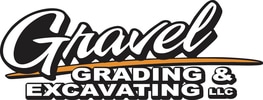
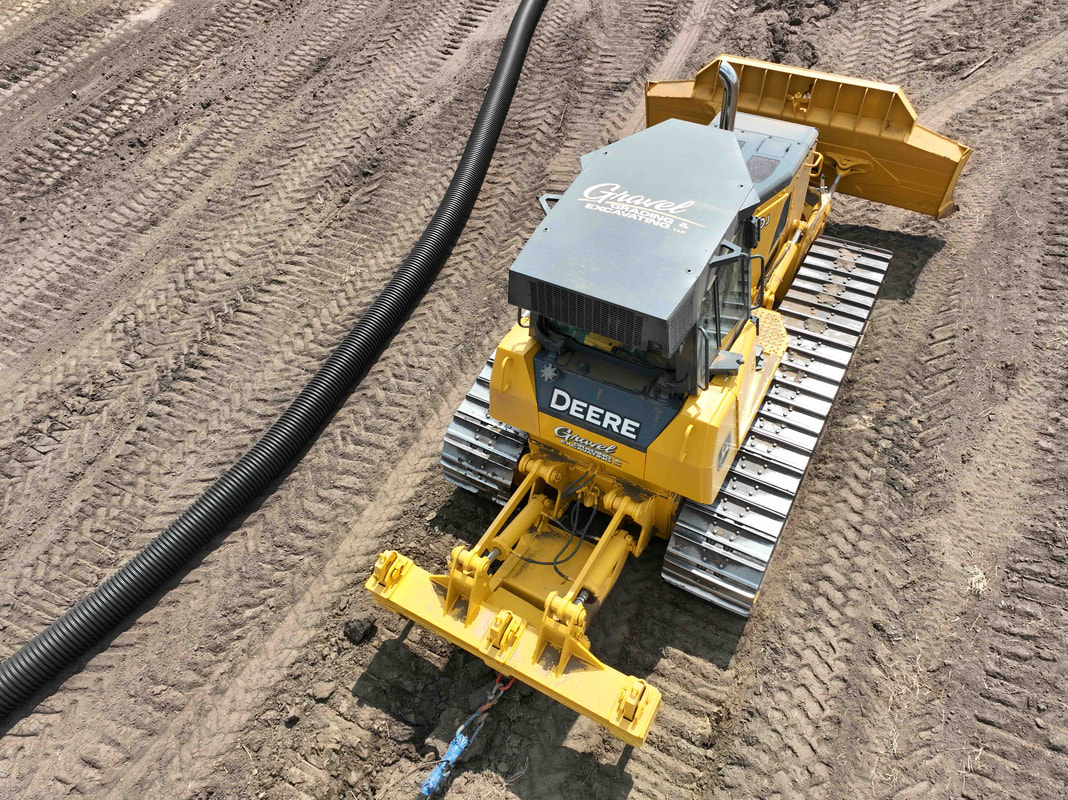
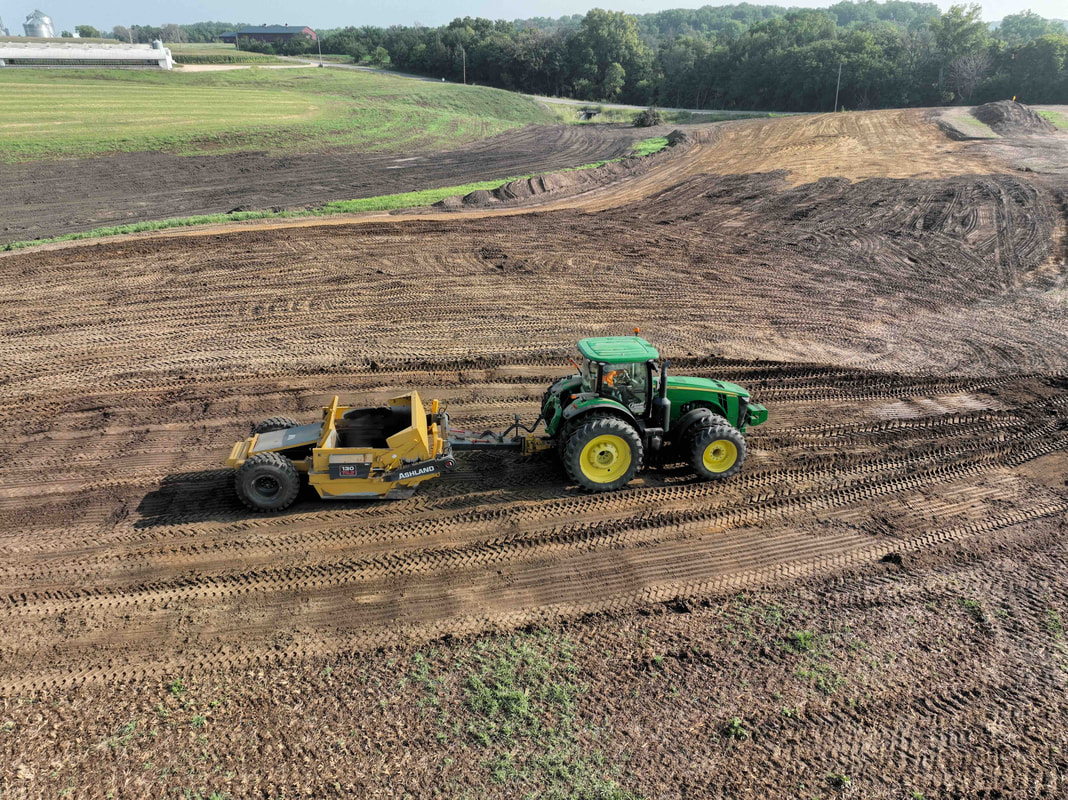
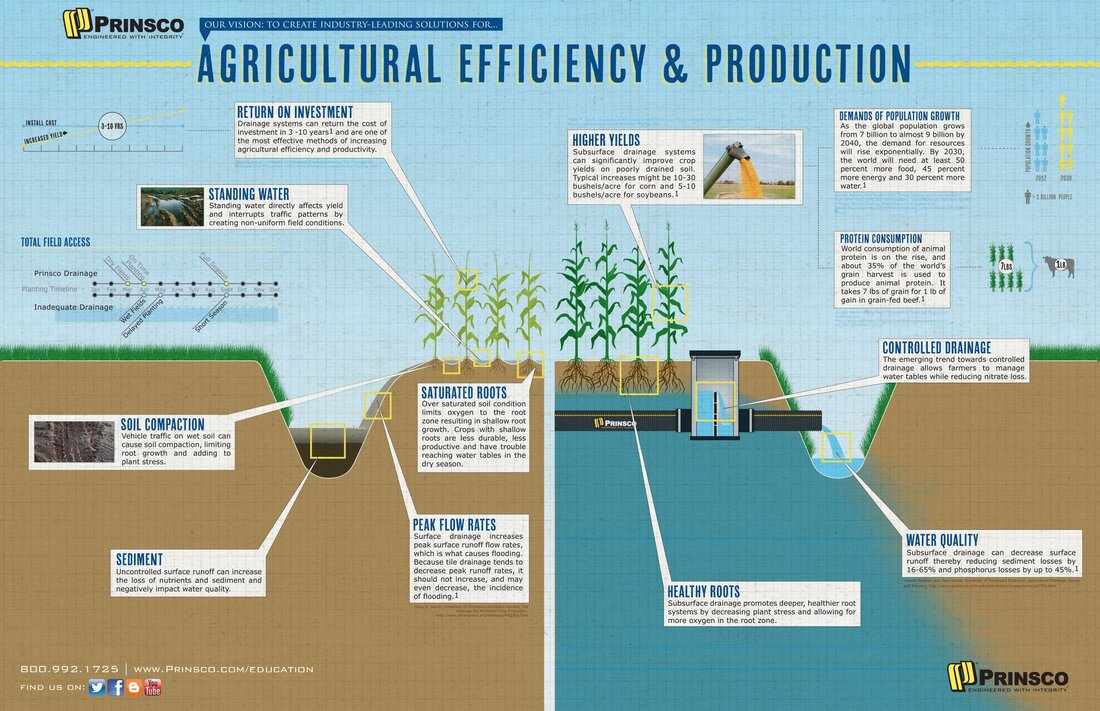


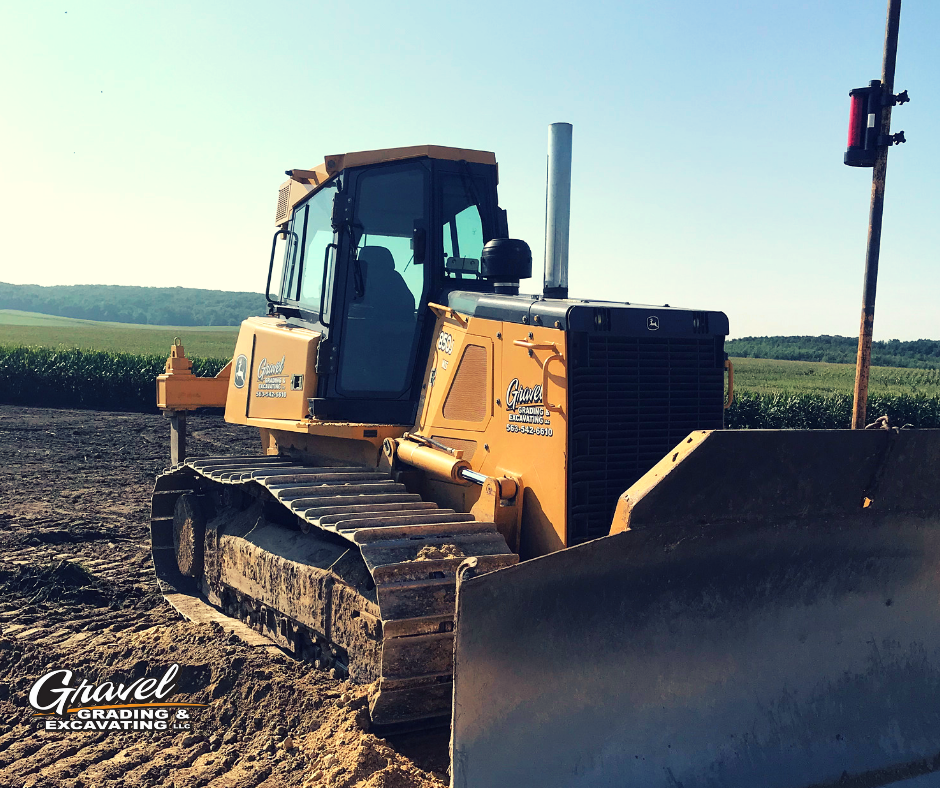
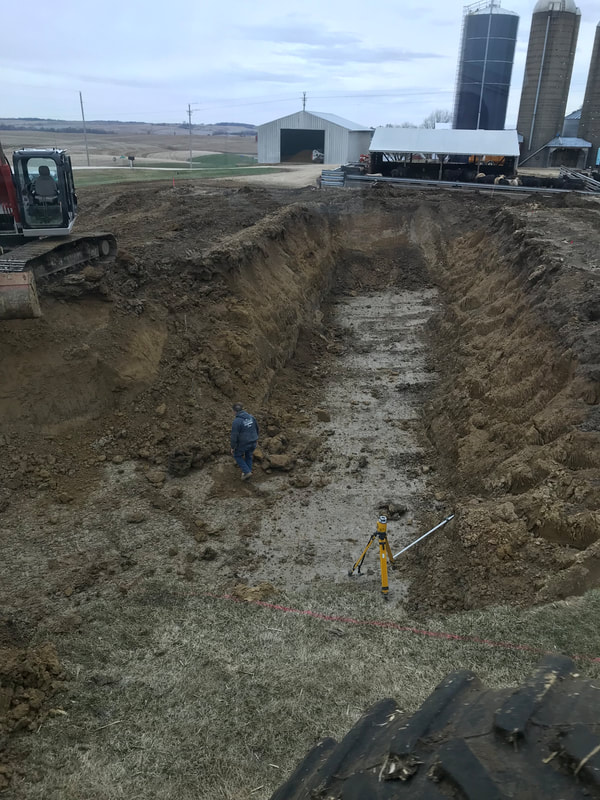
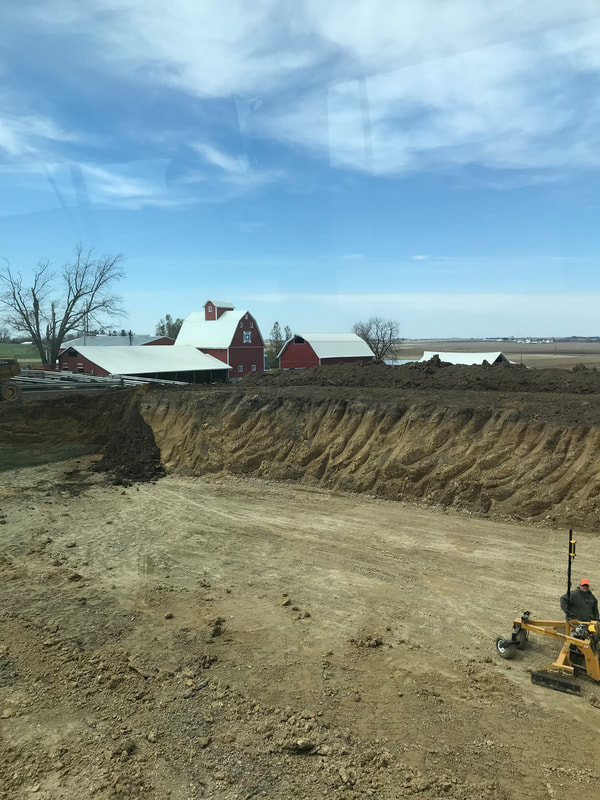
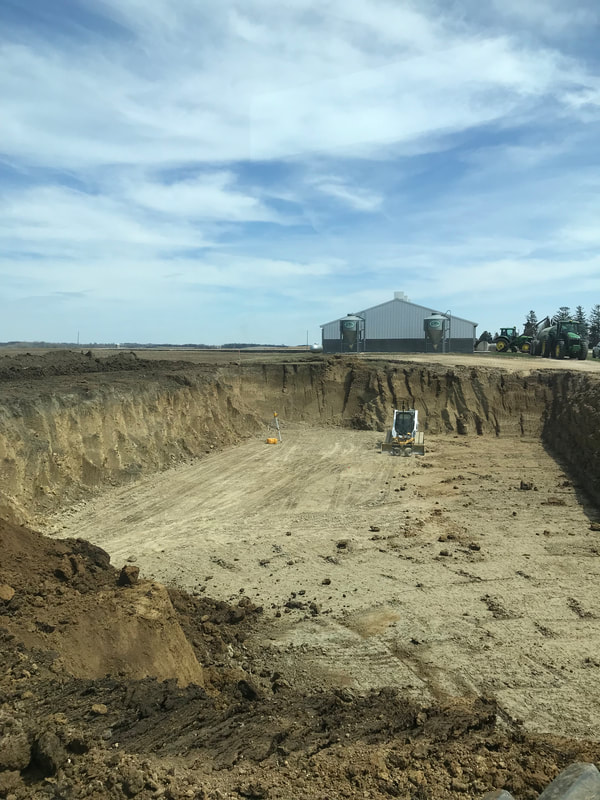

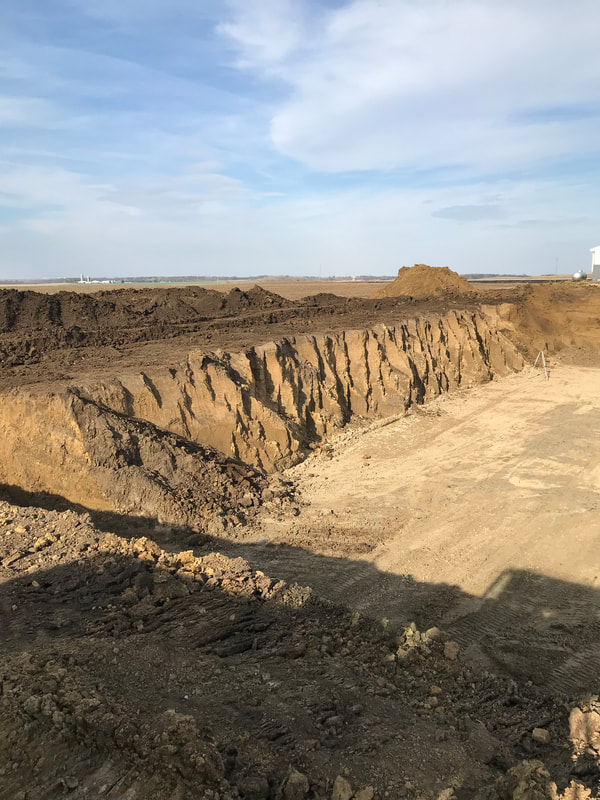
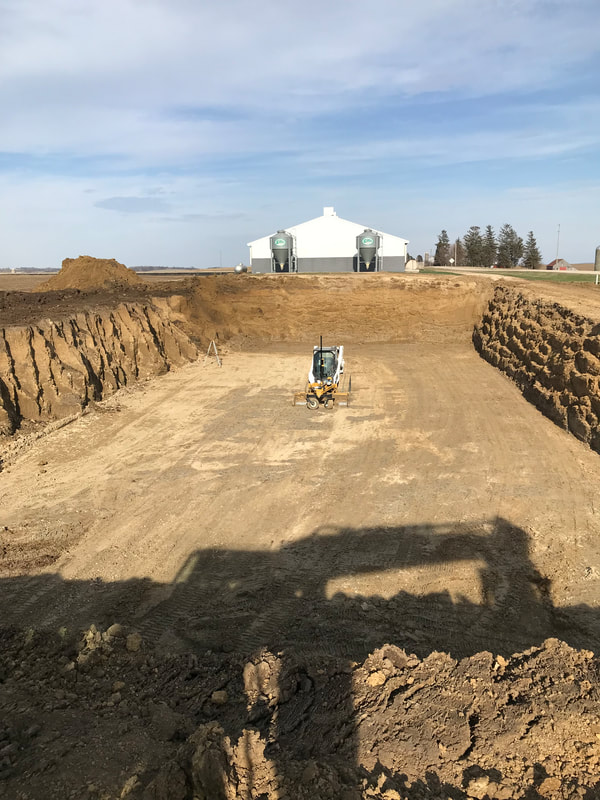
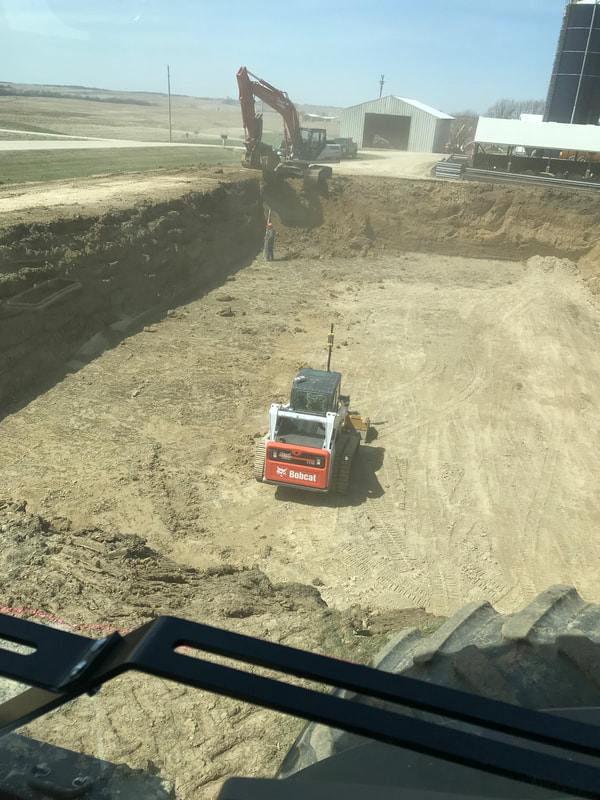
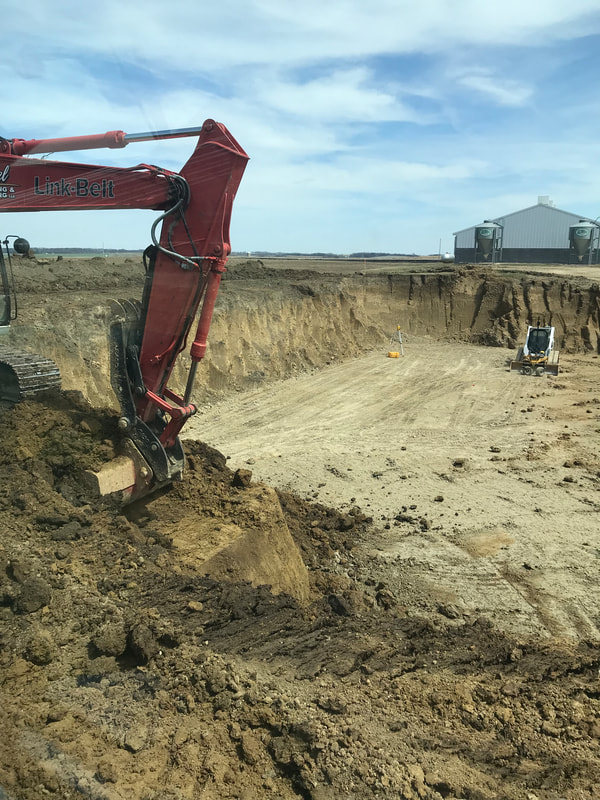
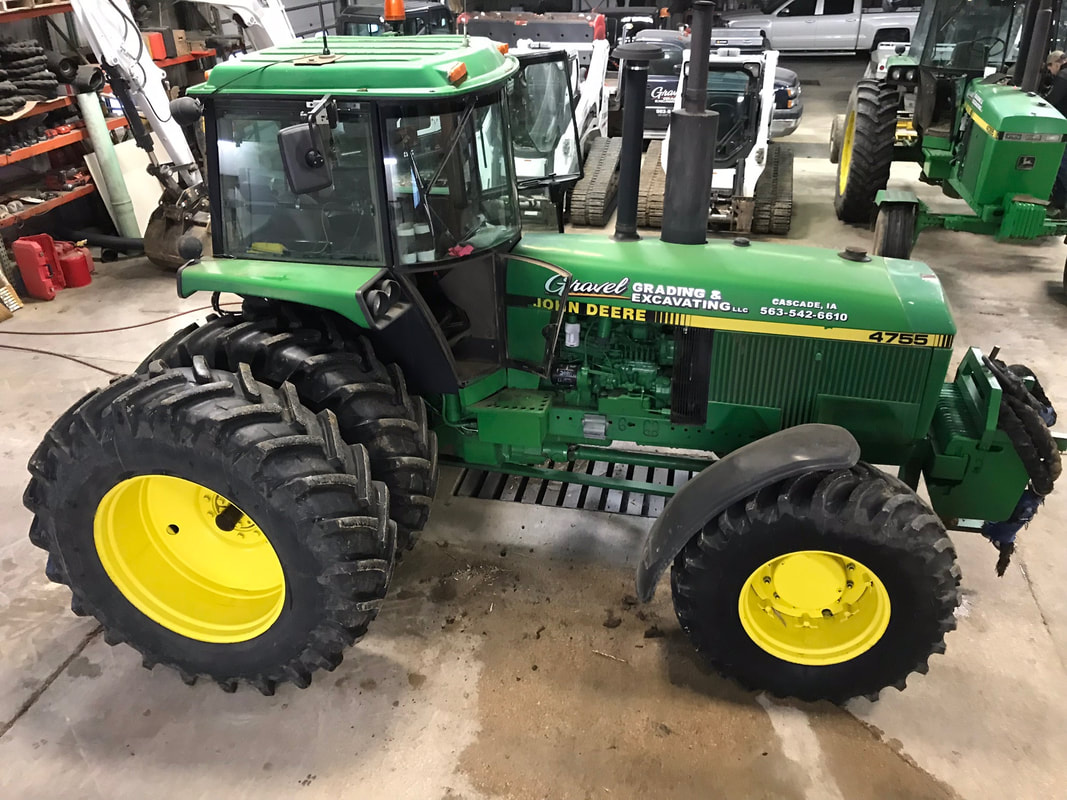
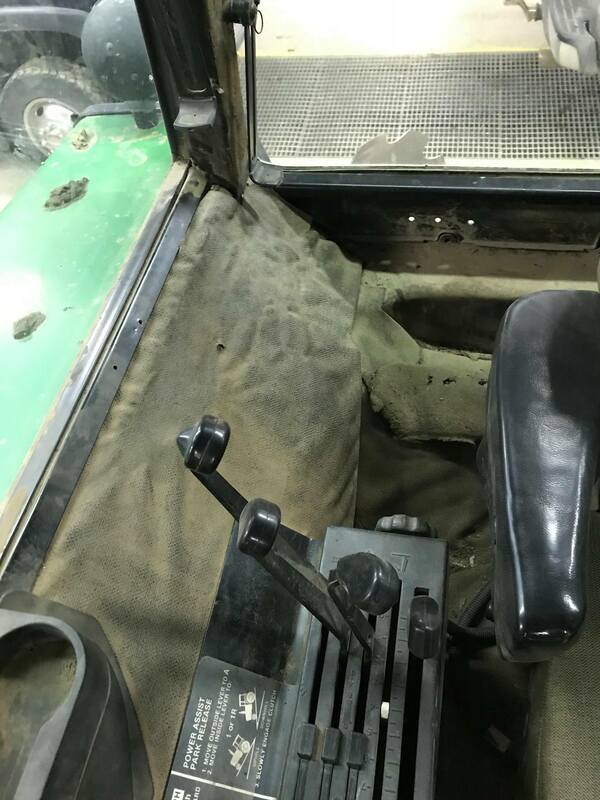
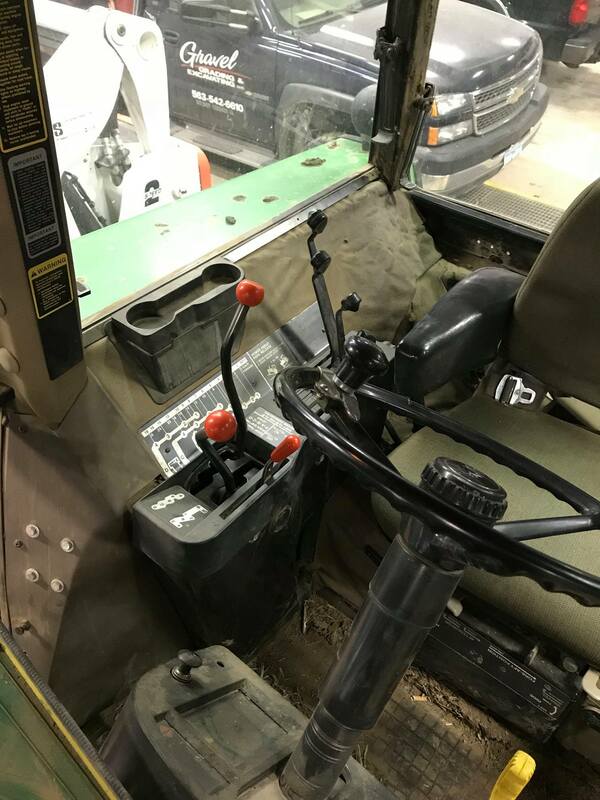
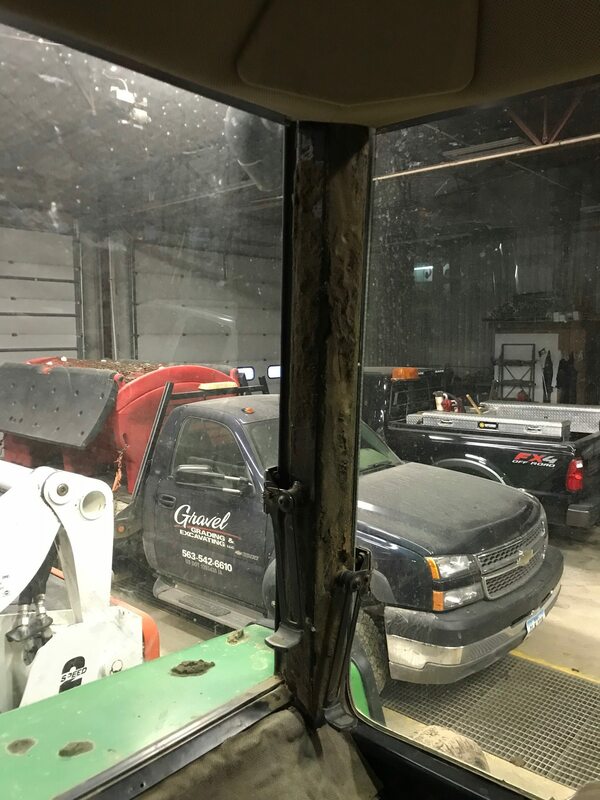
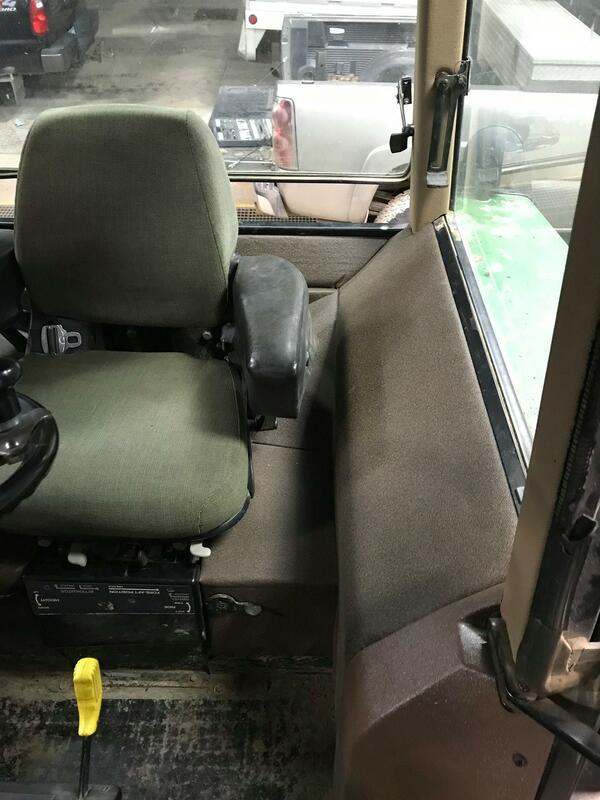
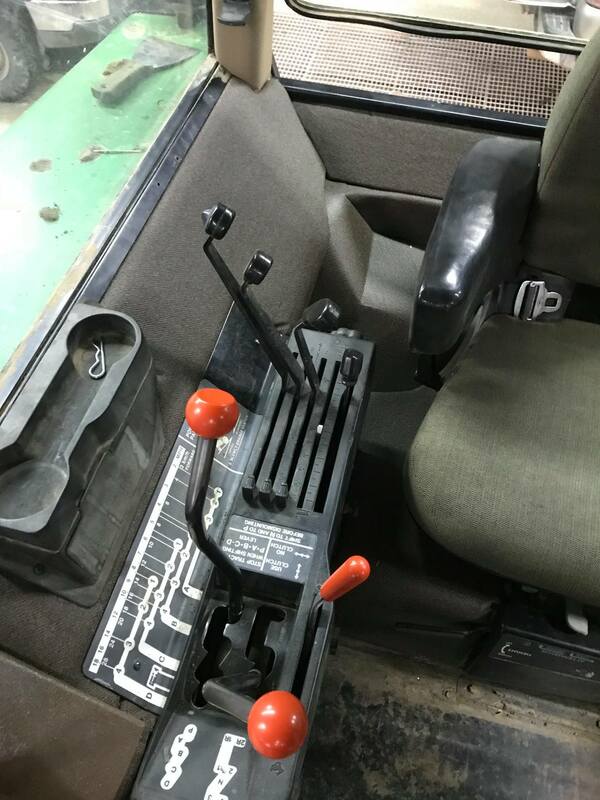
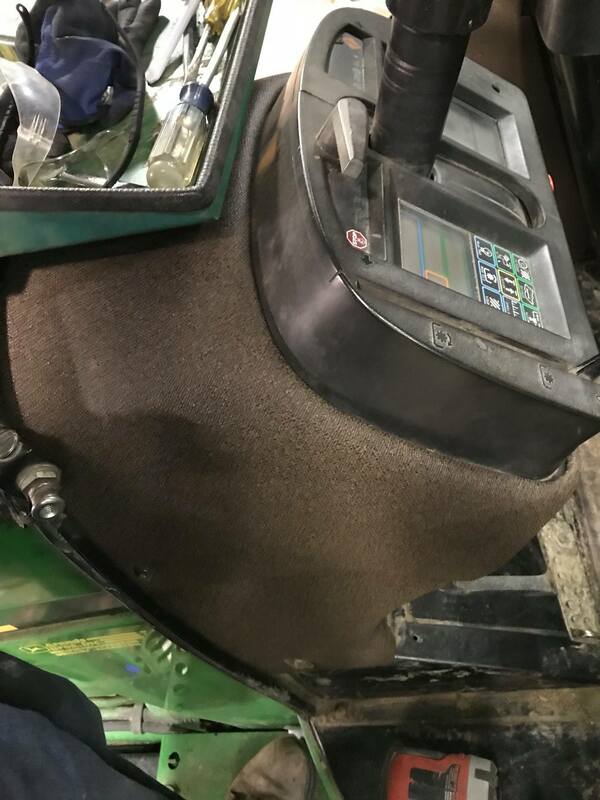
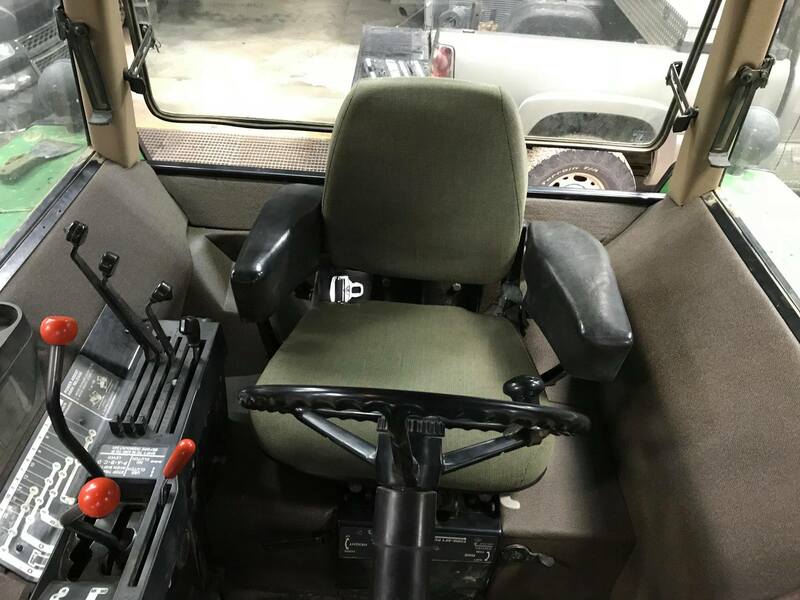
 RSS Feed
RSS Feed
